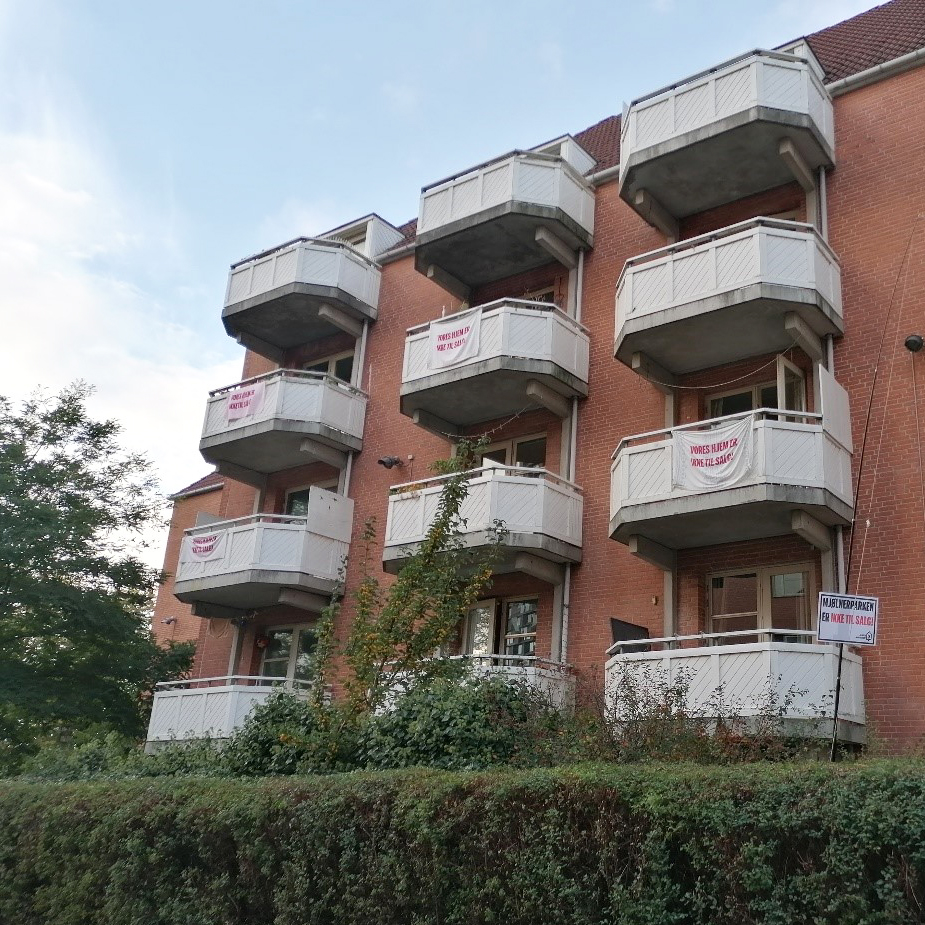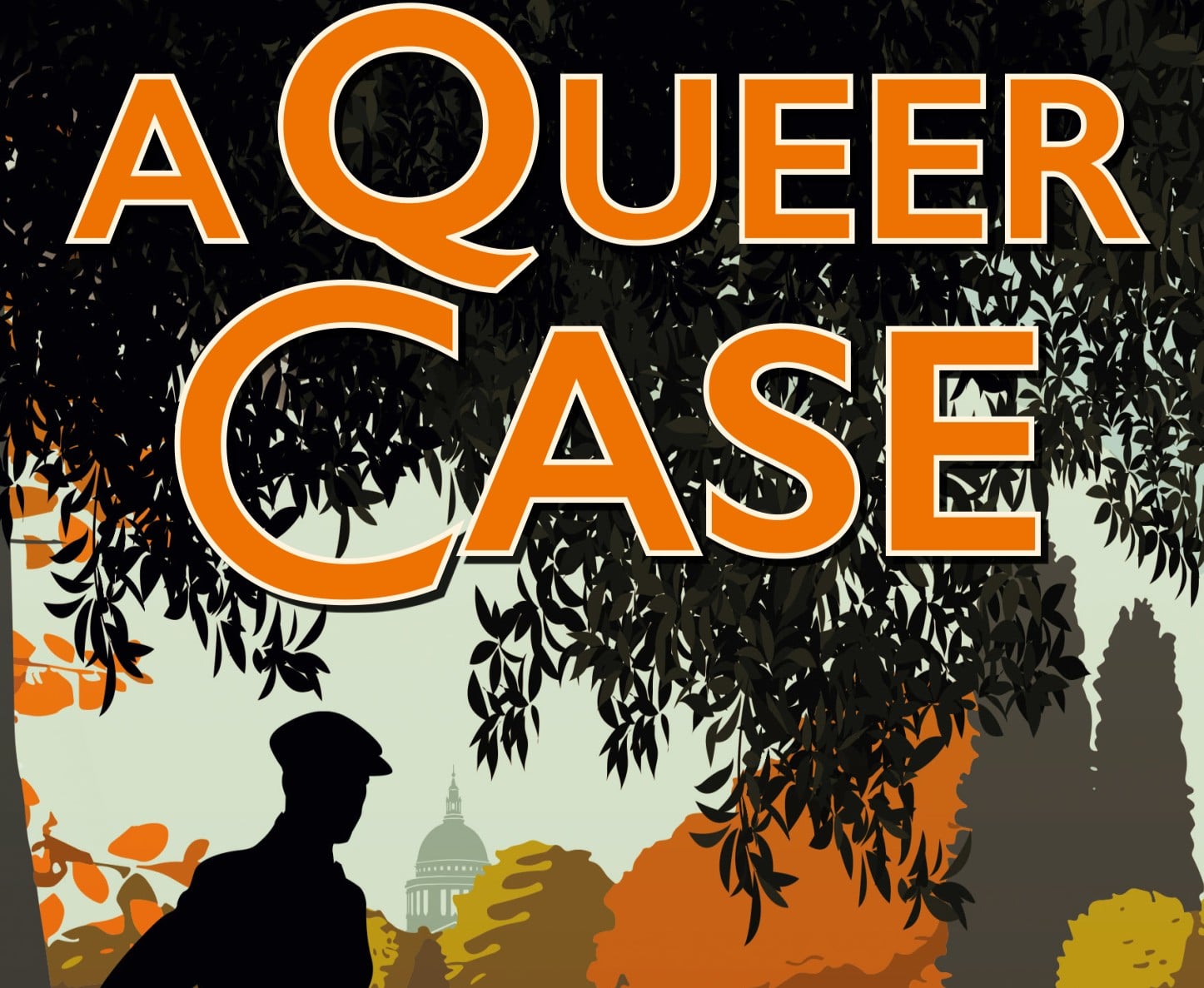Although social control of populations deemed dangerous or contaminating is nothing new, we have seen path-breaking trends in the social policies and jurisprudence of many member states of the EU in the last decade. Current research studies the adverse social effects of counter-terrorist legislation and the so-called deportation regime. Similarly, although border and migration scholars have emphasised the ‘loosening’ or ‘dissolution’ of internal intra-state EU borders in an area of free movement, ubiquitous internal bordering has arisen in parallel with the reinstating borders and border regimes. Indeed, border studies demonstrate no single, unitarian organising logic at work –instead, borders constitute a site of constant encounter, tension, and contestation– and we should therefore rather speak about bordering practices, thereby recognising the ongoing process that this entails involving social relations that are historically constituted and often politically contested. These bordering practices, i.e. measures taken by state institutions to attain social order and gain legitimacy by demarcating categories of people to incorporate some and exclude others, form a worrying pattern that has far-reaching consequences for the freedom of citizens and non-citizens and the quality of democracy at large.
Contested Belongings, a research project funded by the Carlsberg Foundation, aim to understand how social boundaries are being constituted and enforced through housing in two European countries: Spain and Denmark. More concretely, in the Danish case I focus on the implementation of the set of policies included in the package Towards a Denmark without Parallel societies. No ghettoes in 2030, aka the ‘Ghetto Package’. According to the guiding document, minority groups from non-Western societies and cultures live in parallel societies and follow other customs than “ethnic Danes”. To curb this, the Ghetto Package classify public housing areas according to different criteria, amongst which ethnicity is the most decisive: If an area with more than 1,000 residents meets two of four criteria on employment, education, income, and criminality, it is designated as “vulnerable”, but if more than half of the residents in this area are immigrants and descendants of immigrants (even if they are Danish nationals) of “non-Western” countries, it is labelled a “ghetto”, and after four years, it changes to a “tough ghetto”. In 2019, 15 areas were considered tough ghettos. Consequently, the neighbourhood associations of these areas had to propose an urban developmental plan to reduce the percentage of family housing by 60%, either through privatisation or private urban development; an intervention that would involve forced displacement and evictions if residents oppose moving.
Through the research I shed attention to the intermediate level of the professionals working in the housing associations, analysing the way the underlying assumptions of the law and policy framework from above are interpreted into concrete spatial and social policies on the ground. And more importantly, while the policies seem urban their objective are clearly social, I will focus on the implicit socio-cultural ideas and moralities to see how in effect bordering practices are put in force, implicitly and explicitly. In fact, what might seem as urban policies at a first glance, are indeed covert social policies for the handling and control of migration and Otherness in liberal society, where one cannot explicitly do this. And as such it constitutes a fundamental contradiction, as the document outlining the framework states “The Government wants a cohesive Denmark. A Denmark which is built upon democratic values of freedom and legal rights. Equality and liberty of mind. Tolerance and equal rights. […] A parallel society has been created amongst people with non-Western background. Too many immigrants and descendants are not tied to the surrounding society. Without education. Without job. And unable to speak sufficiently Danish.” (Regeringen 2018: 4).
We can deduct from this that the problem is the inability and indolent behaviour (read culture) of certain groups of the Danish society (read non-Western), and the way to solve this is to “integrate” them into society, by moving them and criminalising the unwanted behaviour. However, even in the case that one might think that these bordering practices have a noble objective of including people into society, indeed one might even argue that the establishment of social borders and boundaries is inevitable, the fact is that the practices have social effects that go well beyond the apparently intended ones: specific social groups in Danish society, religious and ethnic minorities, are being problematized and criminalized. Indeed, we might even talk about a management of migration through urban policies and laws, much like the crimmigration literature argues with criminal law. And, at the same time, certain moralities and moral communities of belonging, are being put in force. In the end, who has the right to decide who is part of Danish society and what is considered Danish, and who can rightfully be move around and criminalized?
On top of that, there are dynamics that clearly go beyond the mere political sphere, while often the policies meant (for some) to cleanse and promote a deprived area collate with economic interests in the promotion of neighbourhoods, regions, etc. So, we see how, for instance, both Nørrebro in Copenhagen and Gellerup in Aarhus are areas undergoing huge urban transformations and gentrification. And seeing this one might as well ask whether these changes demanded an intervention (the need to assure that this is a good place to go or invest), because one might argue that due to the significant urban transformation in place, and the already planned ones relating to the non-profit housing area in particular, the place would most certainly have undergone a huge socio-economic transformation. Hence, the interventions might in fact (sometimes) be considered the symbolic ordering of the place for the logics of the real estate market. But in other regions this is most certainly not the case (although some politicians might have their hopes). There simply seems to be very little interest in investment. The interventions here seem much more like opportunities for development and capital flow to otherwise peripheral areas with little the aim to reorganize and integrate these parts into the city.
Martin Lundsteen is a Carlsberg JRF at Linacre. He is currently working on the project Constested Belongings: Emerging Bordering Practices in the EU. He has recently published the monograph: Convivencia. Urban Space and Migration in a Small Catalan Town.


















